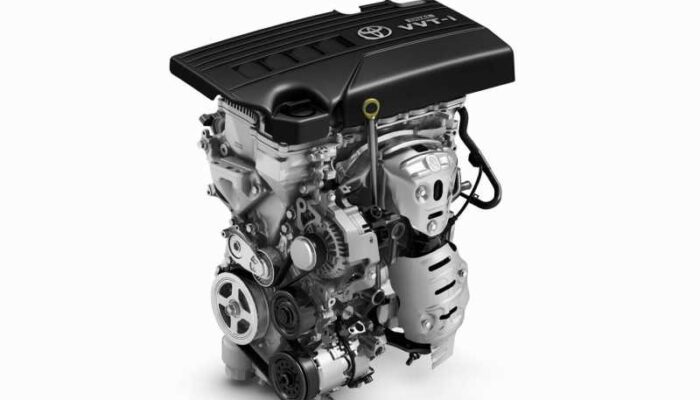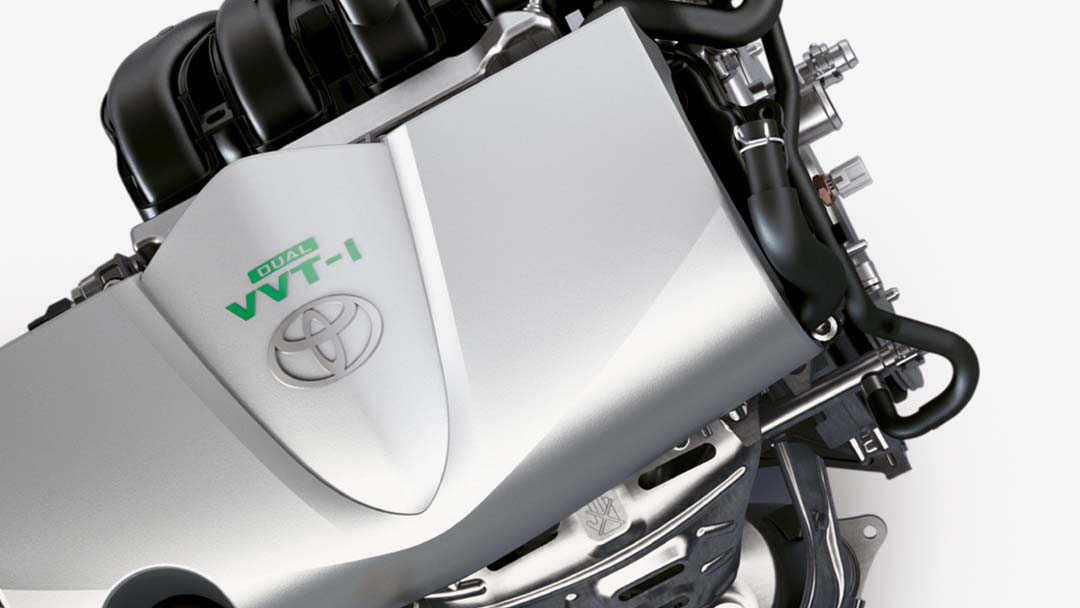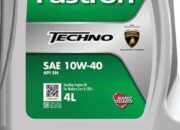Uzone.id – Toyota always develops vehicles based on the needs of the Indonesian people. Including vehicles with high-performance engines with proven levels of efficiency and durability. One of them is illustrated by the NR engine series used in Toyota’s latest models.
The R-NR engine which is made from aluminum also has 3 types, namely 1NR, 2NR, and 2NR-VEX. This engine is used for sedans such as the Yaris, MAV (Multi-Activity Vehicle) such as the Sienta, and SUVs such as the Yaris Cross.
NR series uses an engine block from aluminum with a cylinder head DOHC. This machine also uses fuel injection multi-point or direct and has 4 valves per cylinder. 1NR, 2NR, 3NR, 4NR, 5NR, 6NR, and 7NR machines have Dual VVT-i standard and 8NR machines have VVT-IW, allowing it to operate in Otto cycle as well as Atkinson cycle modified, maximizing thermal efficiency.
The NR engine family is Toyota’s inline four-cylinder engine series with capacities between 1,200 cc and 1,500 cc. The advantage of this new generation Toyota engine is that the engine block is manufactured using aluminum alloy.
Use of aluminum material alloy This makes the heat release process better, so that the thermal efficiency is better, as well as increasing engine durability. Apart from that, the block is made of aluminum alloy making the weight of the machine also lighter.
The basic design of the NR engine family uses a DOHC cylinder head (Double Overhead Camshaft) which is equipped with four valves per cylinder. Combined with an EFI fuel supply system (Electronic Fuel Injection), this design allows the NR engine to have optimal performance with efficient fuel consumption.
The Indonesian people’s introduction to the NR engine family occurred when PT Toyota-Astra Motor (TAM) launched the Etios Valco in 2013. Hatchback This Toyota is equipped with a 3NR-FE engine with a capacity of 1,197 cc.
With specifications bore x stroke of 72.5 mm x 72.5 mm, this machine is capable of producing output that is very good, namely maximum power of 80 PS / 5,600 rpm, and maximum torque of 10.6 Kgm / 3,100 rpm.

The demand for increasingly high performance and efficiency made Toyota develop the NR engine by embedding Dual VVT-i technology (Variable Valve Timing with intelligence). Dual VVT-i technology regulates valve opening time (valve timing) according to engine requirements, both on the intake valve (intake) and the exhaust valve (exhaust). The application of this technology makes NR engines able to work more efficiently and environmentally friendly with increasingly reliable performance.
The first NR engine types to enjoy Dual VVT-i technology are 1NR-VE and 2NR-VE, used on the Grand New Avanza and Grand New Veloz starting in 2015.
The 1NR-VE engine has a capacity of 1,329 cc with more powerful performance, fuel efficiency, and proven toughness. Maximum output This 1NR-VE engine reaches 96.5 PS / 6,000 rpm, with a maximum torque of 12.3 Kgm / 4,200 rpm. Meanwhile, the 2NR-VE engine with a capacity of 1,496 cc has a maximum power of 104 PS / 6,000 rpm and a maximum torque of 13.9 Kgm / 4,200 rpm.
At the beginning of 2016, Toyota Indonesia again produced a new engine from the NR family with Dual VVT-i technology which is used in several of its products. This new 2NR-FE engine has a cylinder capacity of 1,496 cc.
With bore x stroke measuring 72.5 mm x 90.5 mm, this machine is capable of producing a maximum power of 107 PS / 6,000 rpm, and a maximum torque of 14.3 Kgm / 4,200 rpm. This latest generation engine was initially used on the All New Sienta MPV, then followed by the hatchback New Yaris and New Vios sedan.
In mid-2016, the NR engine family was expanded with the production of the 3NR-FE type which is now equipped with Dual VVT-i technology. This 1,197 cc capacity engine is now capable of producing a maximum output of 88 PS / 6,000 rpm, and maximum torque of 11 Kgm / 4,200 rpm. This 3NR-FE Dual VVT-i engine is used in the All-New Calya MPV. From 2017 the 3NR-FE Dual VVT-i engine is also used on hatchabck New Agya.
Machine 1NR-FE is a compact machine with 4 cylinders in line display technology “Stop & Start” and Dual VVT-i. This machine was first introduced in 2008 to the Yaris XP9F.
Improved engine performance combined with low emissions and fuel consumption were the main objectives during its development. Advanced engineering has been implemented throughout the 1NR-FE engine.
Toyota engineers simplified the engine’s intake tract, using computer simulations to optimize airflow, smoothing all surfaces to reduce turbulence, and rounding off all corners and sharp edges inside the engine. One of the key elements of the 1NR-FE engine is its piston design. Smaller and lighter than previous units, they are designed with a smaller contact area and use carbon ceramide, an advanced material commonly used in Formula One engineering, to reduce friction.
This machine is also equipped with exhaust gas recirculation cooled (cold area specification models only) to reduce pumping losses and reduce NOx emissions.
Engine variants 1NR-FE which was introduced in the second quarter of 2014. Toyota claims this engine will have a thermal efficiency of 38%. Most of the features of this 1.3 L engine use Sikllus Atkinson like a Toyota hybrid engine. Maximum torque decreases but maximum power does not decrease.
The valve works with Variable Valve Timing-intelligent Electric VVT-iE. The intake port has a new shape that produces a powerful vertical jet flow. Burning is improved, and losses are reduced.
Toyota says that idle stop and other functions will lead to an increase in fuel efficiency of about 15 percent.
















